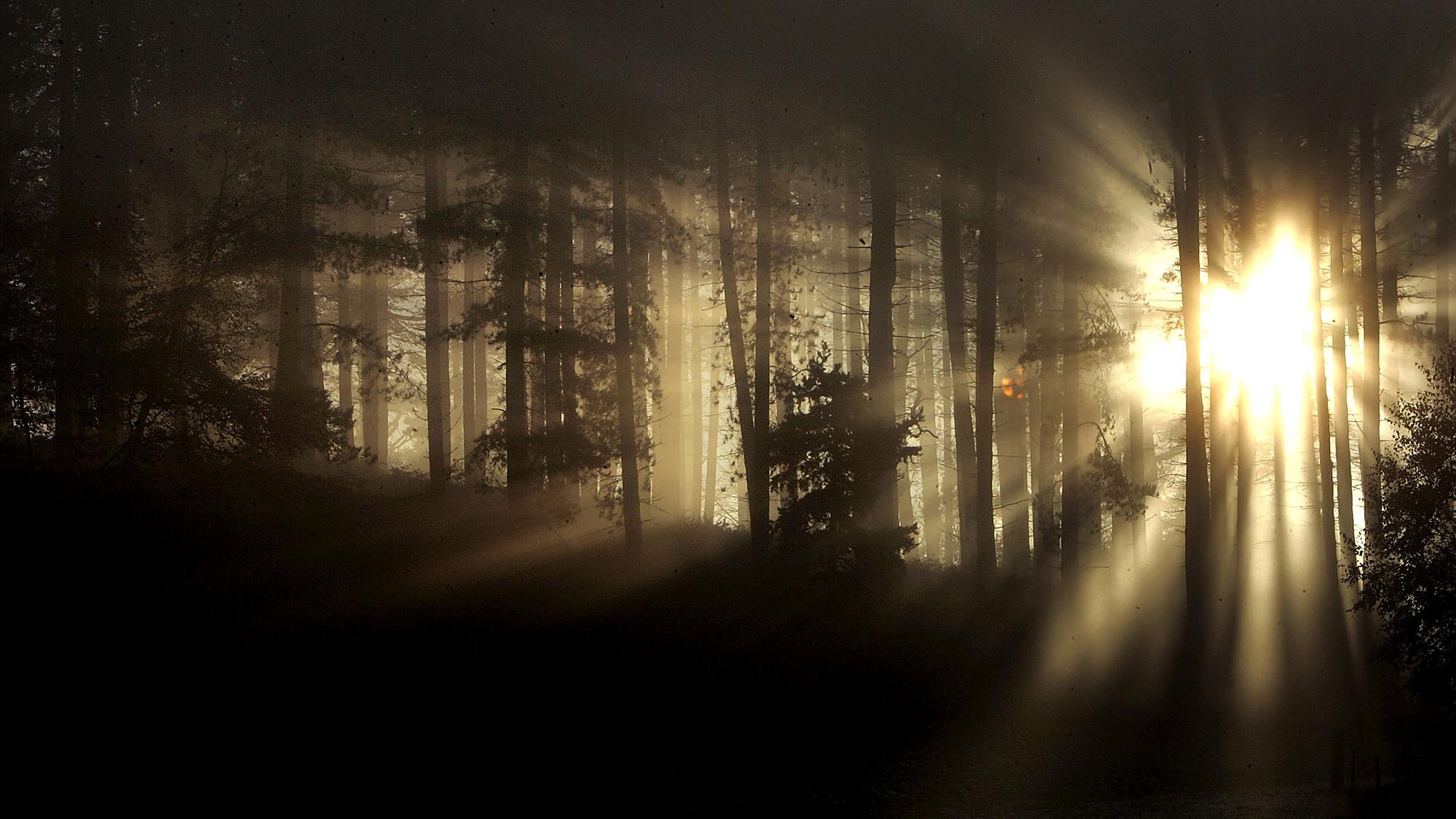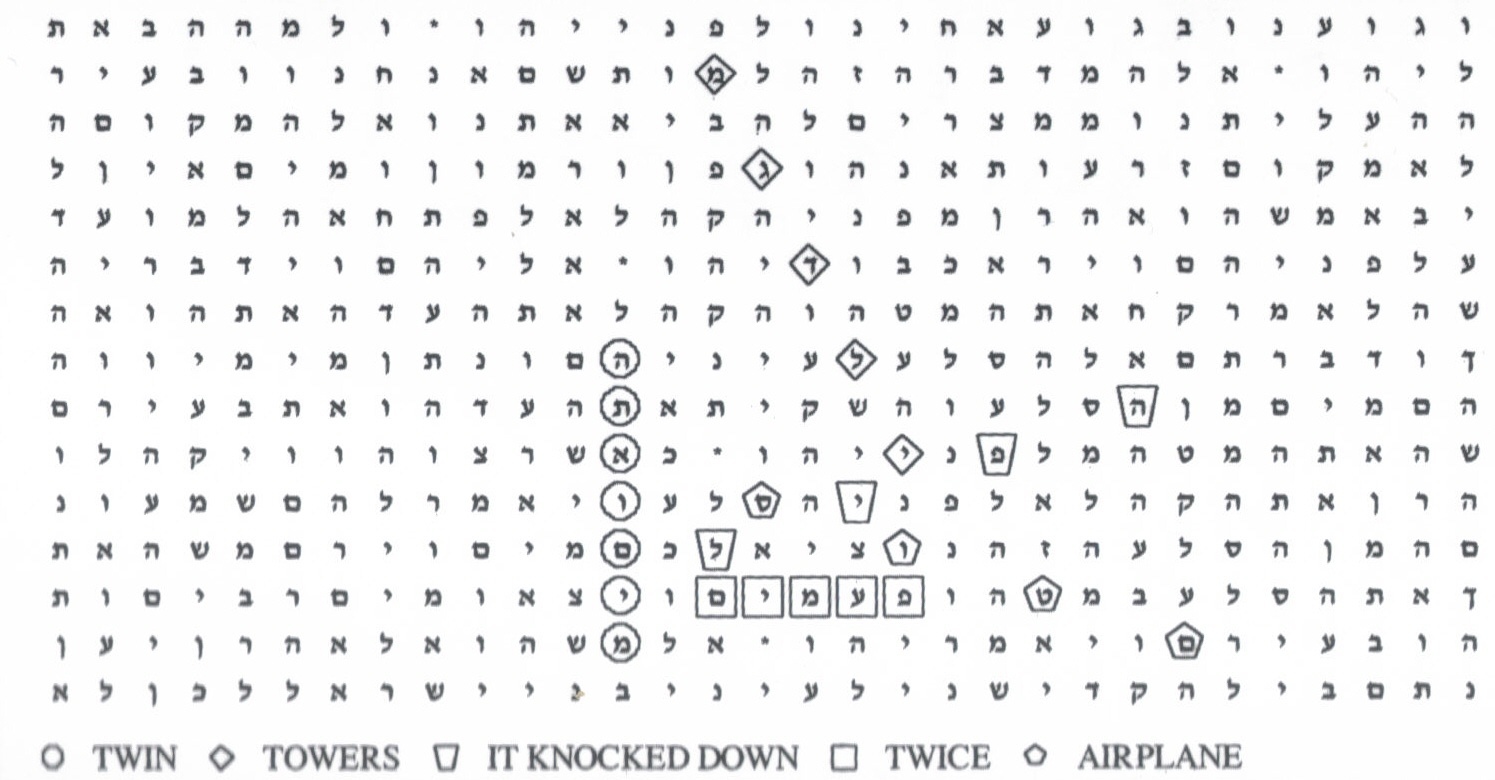judaism
Spirituality can be an uncomfortable word for atheists. But does it deserve the antagonism that it gets?
The controversy around the Torah codes gets a new life.
Have you heard the one about the U.S. Open and Yom Kippur? You’re about to.
▸
5 min
—
with
Rabbi Darren Levine explains how the psychology of happiness intersects with religious practice.
▸
8 min
—
with
Faith is absurd — let’s embrace the comedy in that.
▸
4 min
—
with
Albert Einstein shared his thoughts on the meaning of life and his own spiritual views.
For nearly 50 years, a charred lump of Dead Sea Scrolls has been sitting in a lab, too brittle to unroll. Now it’s been virtually unwrapped using 3D technology, and the contents are intriguingly – and significantly – petty.






